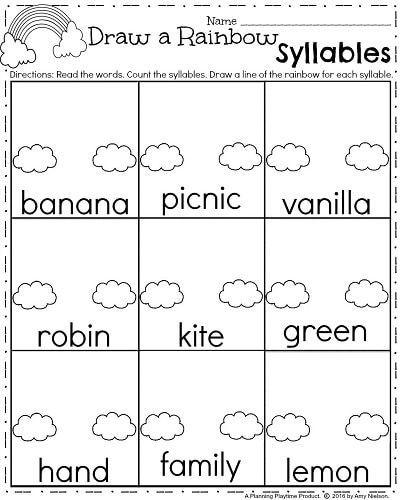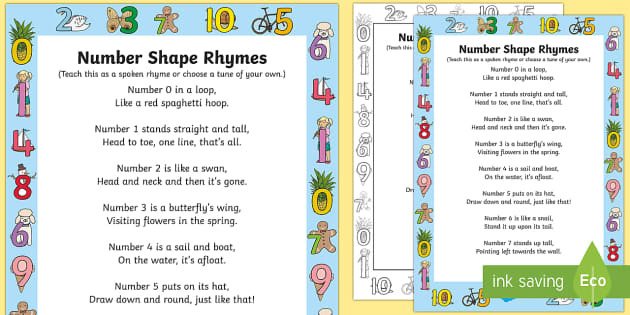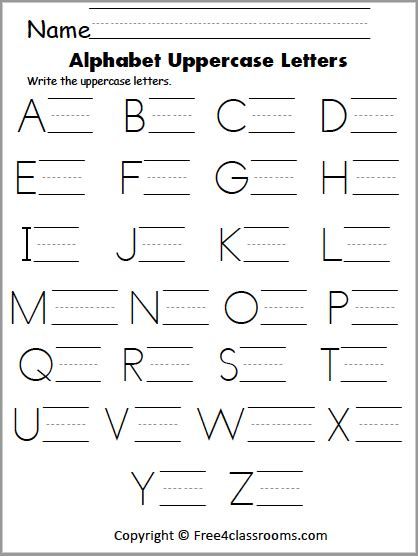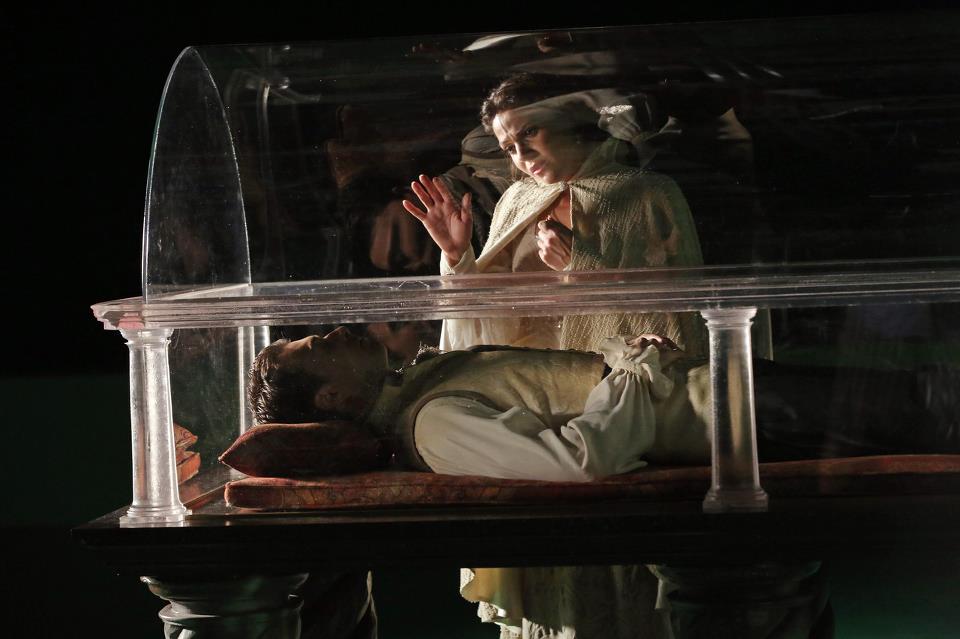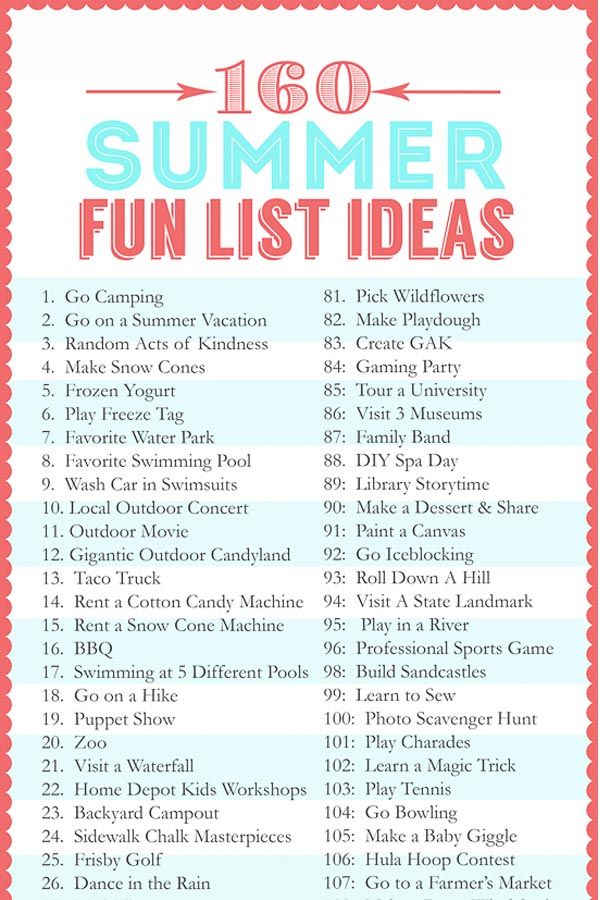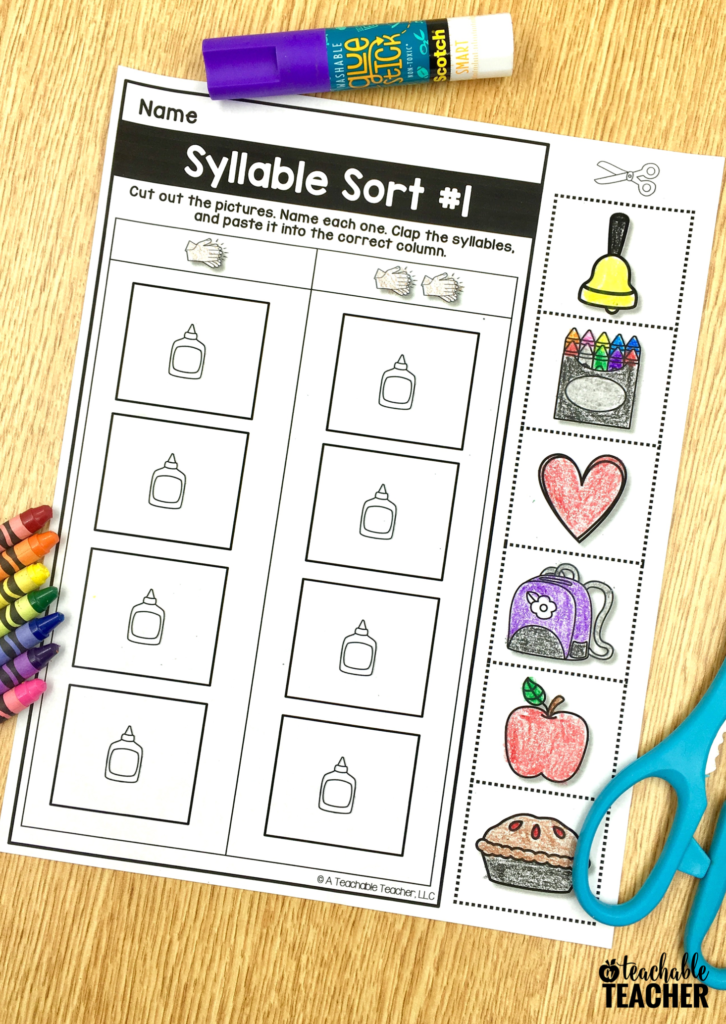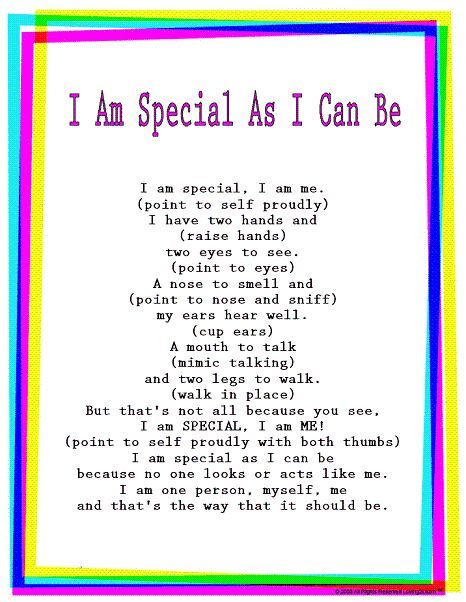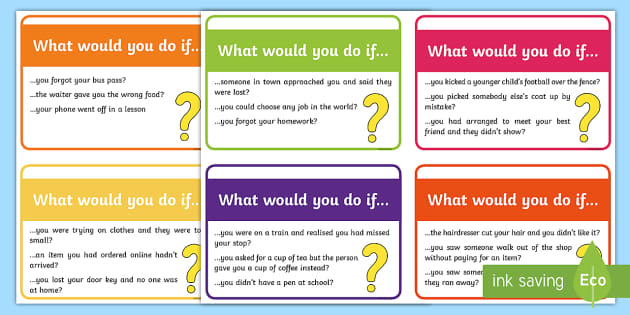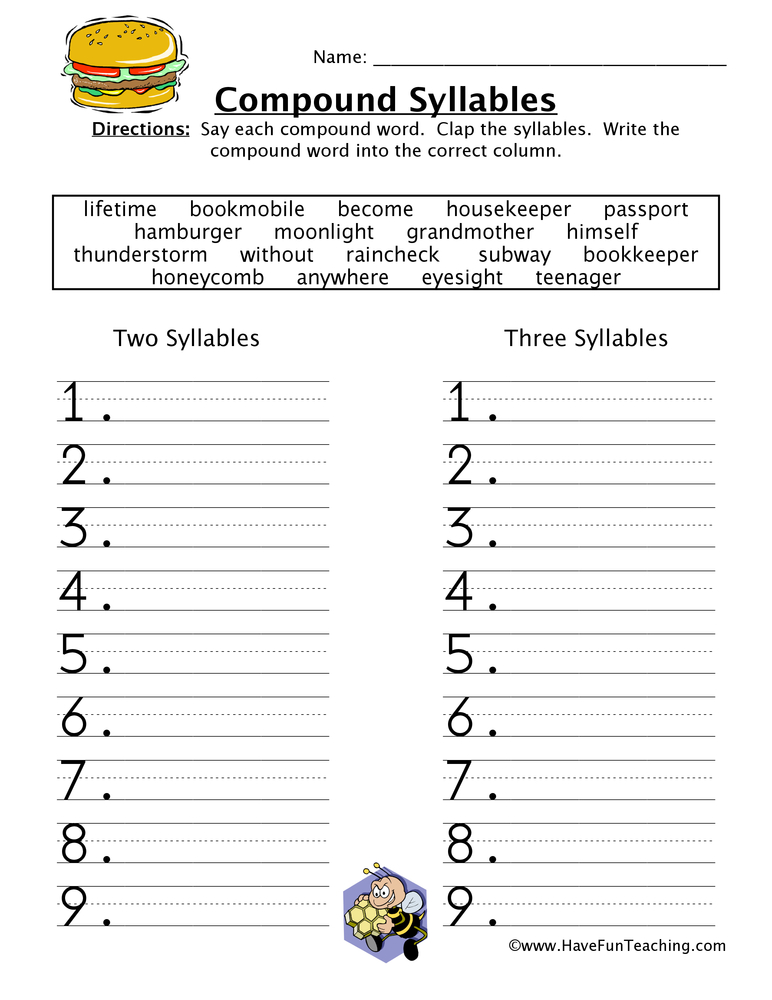Syllables lesson plan for kindergarten
Teaching Syllables to Kindergarten: Lesson on Counting Syllables
Counting Syllables
Kindergarteners need to know just the basics of how to count syllables orally and they will learn it in no time with this fun lesson.
Prior Knowledge:
Students will need to know what a vowel is. I wrote a lesson on teaching vowels too, which is in this series of articles below.
Teach:
A syllable is part of a word that contains one vowel sound. On chart paper, show the students an example of how to count syllables using the word, September. Sep- is the first syllable, -tem is the second syllable, and -ber is the third syllable. Have the students clap the word September and count the three syllables in the word. Have the students find the vowel in each part of the syllable and circle it. Practice with plenty of other words as the children usually enjoy counting syllables.
There is no need for the students to circle syllables in words independently at this age, but your advanced students will try. The trickiest part about learning syllables for Kindergarteners is that they stretch the vowel sounds, like haaand. Showing them that these short words have one vowel will help.
Practice With Names:
Next, show the students how to collect data, create a graph from the data and how to use the data in a practical sense by graphing syllables in their names.
Create a T-chart to collect data. The title should read, Student’s Name and Number of Syllables in My Name. Write each student’s name in column form. Be sure to include your own name with the class. Clap the syllables and chart the number of syllables in each class member’s name. Be sure to stress to the students that we are not counting the letters in their names (this is a different lesson).
Next, create a graph and graph the information (data) that you collect about the number of syllables in their names. Compare results from the data. How many students in the class have the highest or lowest number of syllables? Which is greater or less than?
Now, show the students how data works by playing a game.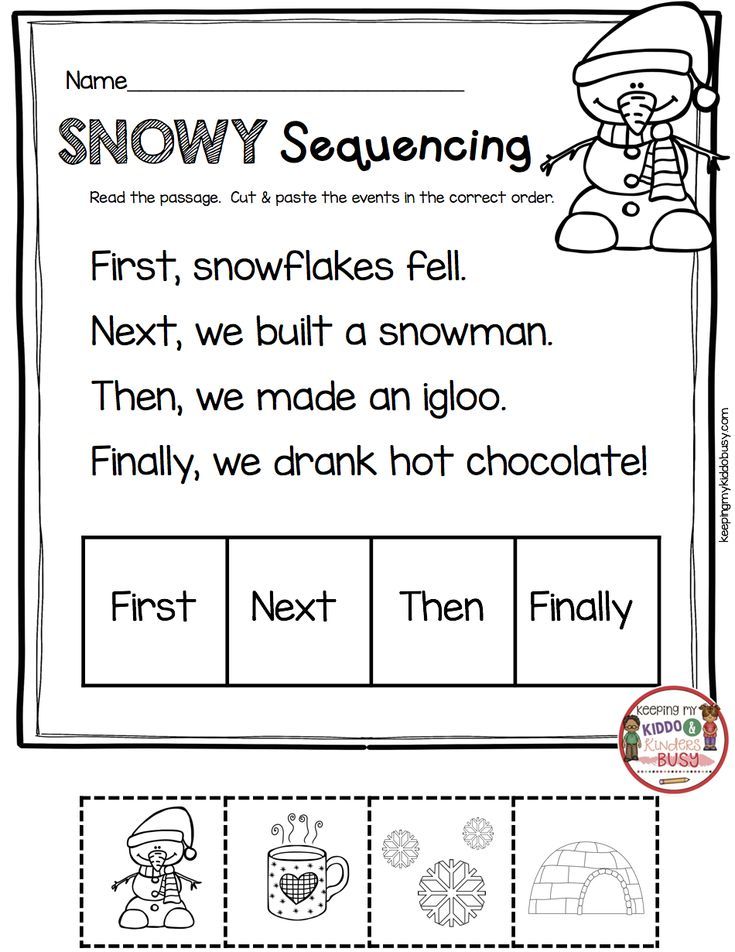
Create index cards with the number of syllables in their names, for example, Laurie would have the name and the number 2 on it. Cards will have the number 1, 2, 3, or 4, according to the data in the class (this information is transferred right from the chart). You can write the cards out ahead of time or you can elicit the help of your eager Kindergarteners. Have them print their name and the number of syllables in their name on the card.
Pass the cards out. Continue until all students have a card in hand with the number of syllables in their name. The students have to find all of the people in the class with the same number of syllables in their names and stand together in a group. This is a bit chaotic, but fun to watch how Kindergarteners organize themselves.
Once the students have formed the groups, count the number of students in each group (have a student help if you’d like). Read the chart and graph to compare to see if the results are the same on the chart and graph as the groups that they have created.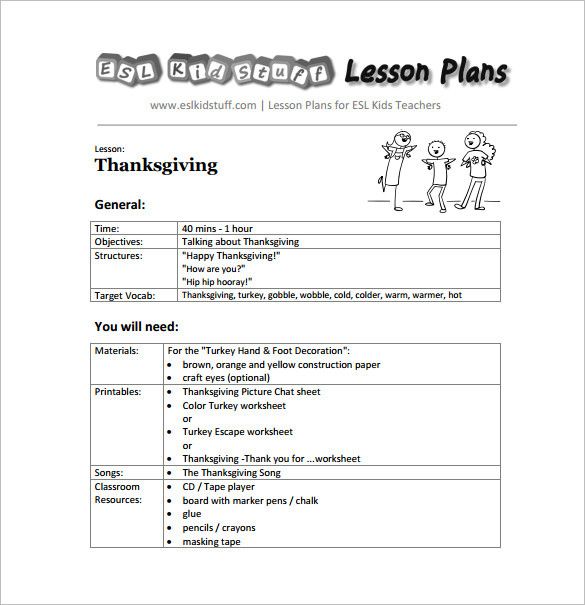 Kindergarteners will understand this practical activity.
Kindergarteners will understand this practical activity.
Assess:
**
Really an informal assessment is in order. You will be able to observe which children are clapping correctly, if they can tell you the number of syllables in their name, and if they participate in the graphing activity.
Once students learn syllables well you can do a syllable sort like the picture shown.
Extend With a Home and School Connection:
Assign the students to write all of their family member’s names on a sheet of paper and count the number of syllables in each family member’s name. Students really enjoy this activity and parents are usually surprised that Kindergarteners are already learning about syllables.
These are teacher created activities from experience teaching a Kindergarten class. I know your students will enjoy them.
Photo Credit: https://img.docstoccdn.com/thumb/orig/38850862.png
This post is part of the series: Learn About Vowels and Syllables
For more fun lessons about vowels and syllable games, read more.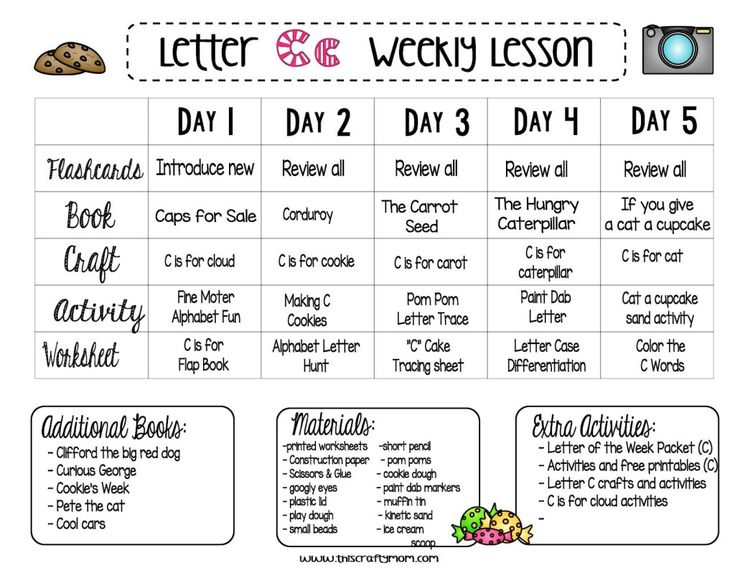
- Teach Kindergarteners to Count Syllables in a Fun Way
- Fun and Games with Syllable Practice
- Activities and Games for Teaching Vowels
Lesson Plans: Clap Syllable (Elementary, Language)
Lesson Plans
Grade Level Lessons
Preschool, Kindergarten, Grades 1-2, Grades 3-5, Middle School, High School, Advanced, Other, All
Subject Area Lessons
Arts & Crafts, Computers, Games, Geography, Health, History, Language, Literature, Math, Music, Phys Ed, Reading/Writing, Science, Social Studies, Special Ed, Other
Language, level: Elementary
Posted Thu Jun 10 17:01:44 PDT 2004 by Howayda Bazzi ([email protected]).
University of Michigan Dearborn, Dearborn MI 48126
Materials Required: Silly Sara book, Words list
Activity Time: 30-45 minutes
Language Arts Standards and Benchmarks:
Early Elementary Standard 1: Meaning and Communication
All students will read and comprehend general and technical material.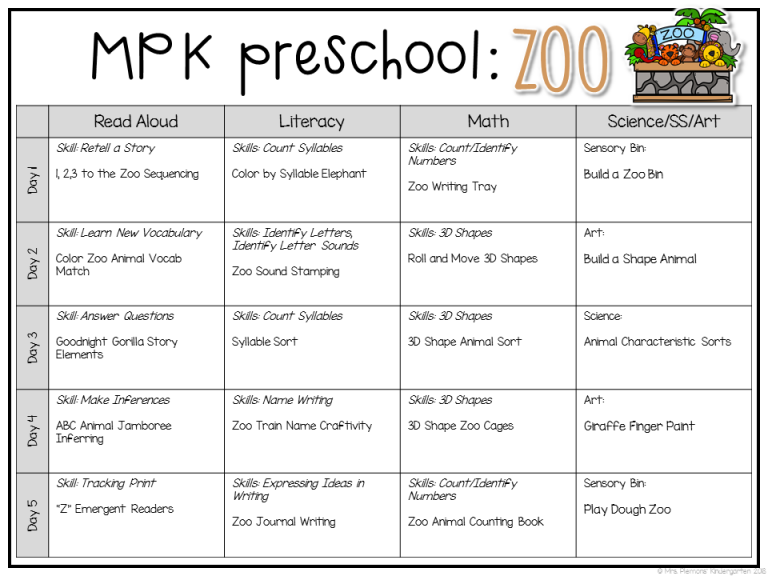
Benchmark # 4: Employ multiple strategies to decode words as they construct meaning, including the use of phonemic awareness, letter-sound associations, pictures cues, context clues, and other recognition aids.Objectives:
1. Students will be able to identify the number of syllables in a word.
2. Students will be able to count the beats in a word.
4. Students will be able to realize that one beat -words are shorter than three beat words.Materials:
▸ Silly Sara book.
▸ Words listProcedures:
Anticipatory set: I will explain to the children how syllables can help them when they read and write.
This Monday is the Memorial Day. How do I spell Memorial? Me-mo-ri-al . . . it has four parts. I knew that it had four parts because I heard four beats. This will make spelling long words and reading them much easier for me.
The lesson:
I will introduce the book Silly Sara and tell them that for long words, I will clap while I am reading them and count the beats.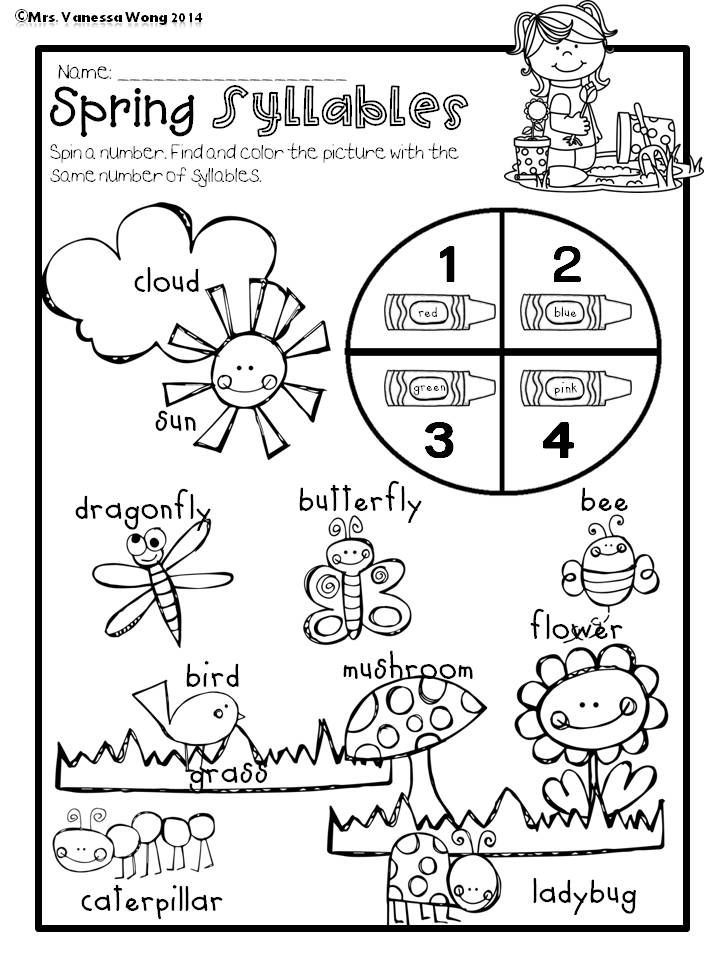
Questions:
To make sure the students understand what they will be going to do, I will ask them questions such as: Is there difference between long and short words?
What is the difference between smoothie and lollipop?
Which one has more beats?Modeling:
While I am reading the book Silly Sara, I will choose the following words that have more than one syllable (beats): smoothie (smoo-thie), lollipop (lol-li-pop), biggest (big-gest), sandwich(sand-wich), gobbled(gob-bled). For instance, I would say the word "lollipop" while clapping 3 times. I would then help the students realize that there are three beats in the word lollipop.Guided Practice :
I will say my name (Howayda). Then, I will say my name again, but this time I will clap the syllables. I will say the name of each student, and then clap the syllables as I say the names a second time. After that I will invite students to join in clapping with me. When I feel that students are catching on, I will say some last names.I will also refer to syllables as beats, since the word syllable might be foreign to some students.
Independent Practice:
I will read the words from the words' list. Each word, I will read, they will clap the syllable, and decide how many beats are in such a word.Closure:
I will wrap the lesson up by having each student stand up and clap their first and last name. While each student is doing this, the others will count the number of beats. On the board, I will write their first and last names, and the number of beats with which the students came out. When the whole class is finished, we will see who has the most and least beats in their name.Assessment:
To assess the students, I will use words other than names. Words such as pencil, summer, beautiful, computer, paper, sharpener, Monday, holiday, vacation, calendar, telephone, ruler, eraser, Winter, season, sunshine, morning, breakfast, September, Christmas. Students are familiar with these words.Thus, they are good to use for assessment. I will have children clap for each syllable I say. Then I will pick on students to tell how many beats they heard for such a word. To figure out if they have understood the lesson, I will not clap with them.
Lesson summary on the topic "Dividing words into syllables" | Reading lesson plan (grades 1, 2, 3, 4):
Lesson summary on the topic “Dividing words into syllables”
Teacher: Gorshkova N.P.
Type of lesson: consolidation of the material covered
Objectives: Educational
- Strengthen the ability to divide words into syllables
- Consolidate children's knowledge about the syllable
- Strengthen children's ability to differentiate words from one, two syllables 9001 Expand vocabulary
- Work on memory correction, attention, visual and auditory analyzer based on exercises in memorizing words
- To educate the subject, motivation for teaching
- Introduction to the topic
- The game "The most attentive"
- How does a wolf howl? UUUUUUU
- How does the baby cry? WA-WA-WA
- How do children call to each other in the forest? AU_AU_AU_
- How does the cuckoo crow? KU_KU_KU
- Game "Pick up the syllables". SLIDE 16
- 012
Corrective
Educational
Course
I.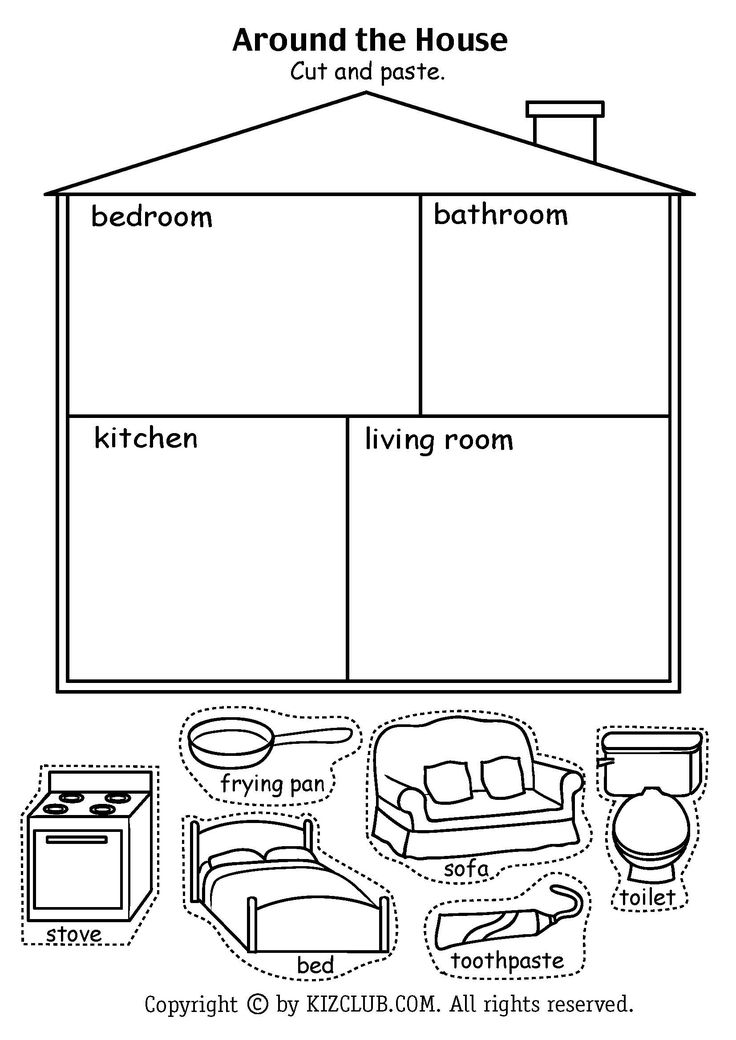 Organizational moment .
Organizational moment .
Psychological mood for the lesson. SLIDE 1
There is a sun in nature. It shines and loves and warms us all. So let every ray of it look into our class and not only warm us up, but also give us strength, accuracy, confidence.
- I think we will have an interesting lesson today and the mood will be great.
-Let's check if everything is ready for the lesson.
Is everything in place, is everything in order,
Pen, book and notebook.
Is everyone sitting correctly,
Is everyone looking attentively?
II. UPDATING OF BASIC KNOWLEDGE.
- Who can say what our speech consists of? (from sentences)
- What do sentences consist of? (from words)
- What are words divided into? (into syllables)
SLIDE 2
- The topic of today's lesson is “Dividing words into ……..” geometric shapes on the board. (Children have geometric shapes made of cardboard with letters (s, l, o, g, i.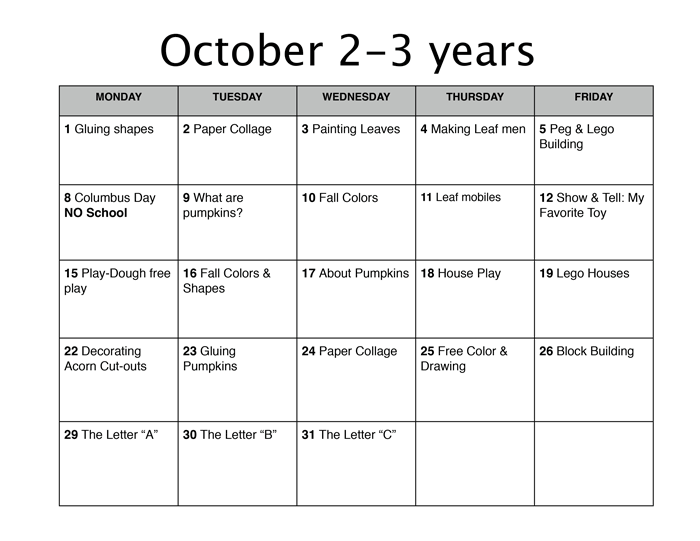 )
)
- You need to match your figures with those drawn. And you can find out the topic of our lesson. SLIDE 3 9 appears on the board.)
0003
- Who will name the topic of the lesson? (Dividing words into syllables.)
- A dog came to our lesson. What name can you give a dog? (Bug)
- How many vowels are in this word?
- How many parts are there in this word?
Remember: The parts into which words are divided during pronunciation are called Syllables.
SLIDE 4
- How many vowels?
- How many vowels are in each syllable?
Remember: There are as many syllables in a word as there are vowels.
SLIDE 5
. 1 vowel means ......
- And now let's check which of you is the most attentive. I will call you words and syllables, and you clap your hands only when you hear a syllable.
Vocabulary: Pear, si, pumpkin, grape, stru, pepper, cucumber, or, ets, tomato, zhi, cabbage, apple, boc, orange, mouth, zucchini, ik, point, pea, la, sta, cabbage.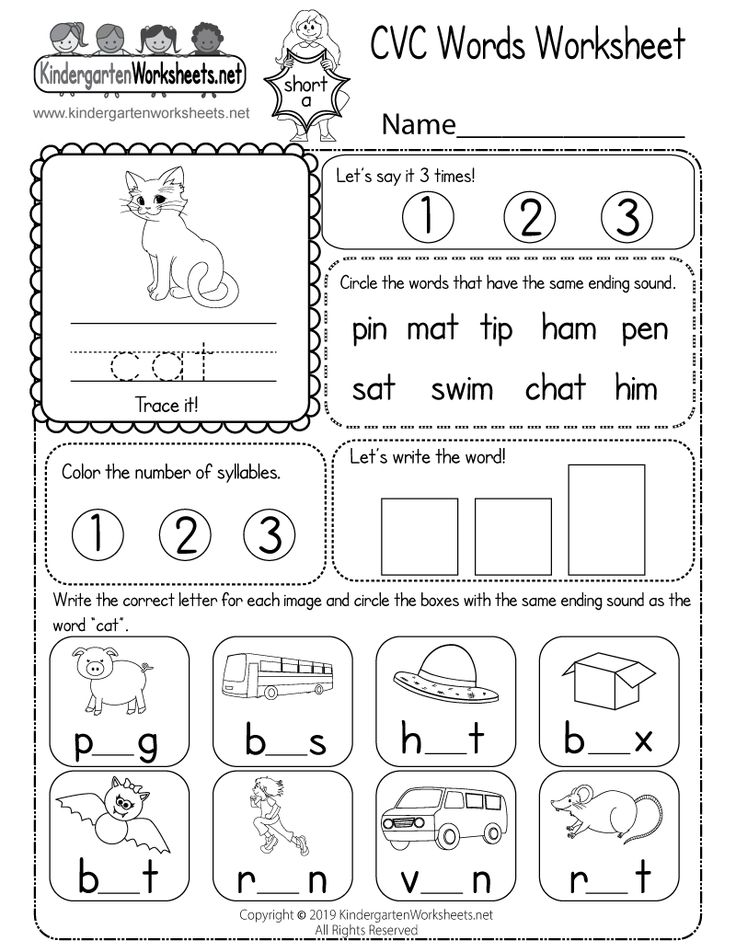
- Tell me, what is the difference between syllables and words? (A word has a meaning, a meaning, but a syllable does not.)
3. Finger gymnastics
- We have a Russian lesson, let's remember how to sit and hold the pen correctly.
SLIDE 6
-In order for us to write beautifully, we will prepare our fingers for writing.
- Let's pickle cabbage for the winter!
We chop cabbage - chop,
We three - three cabbage.
We salt cabbage - salt,
We press cabbage - we press!
(Perform hand movements in accordance with the words)
- Open notebooks, write down the number and class work.
SLIDE 7
4. A moment of calligraphy.
-What sound do we hear in all these words? Pronounce this sound clearly.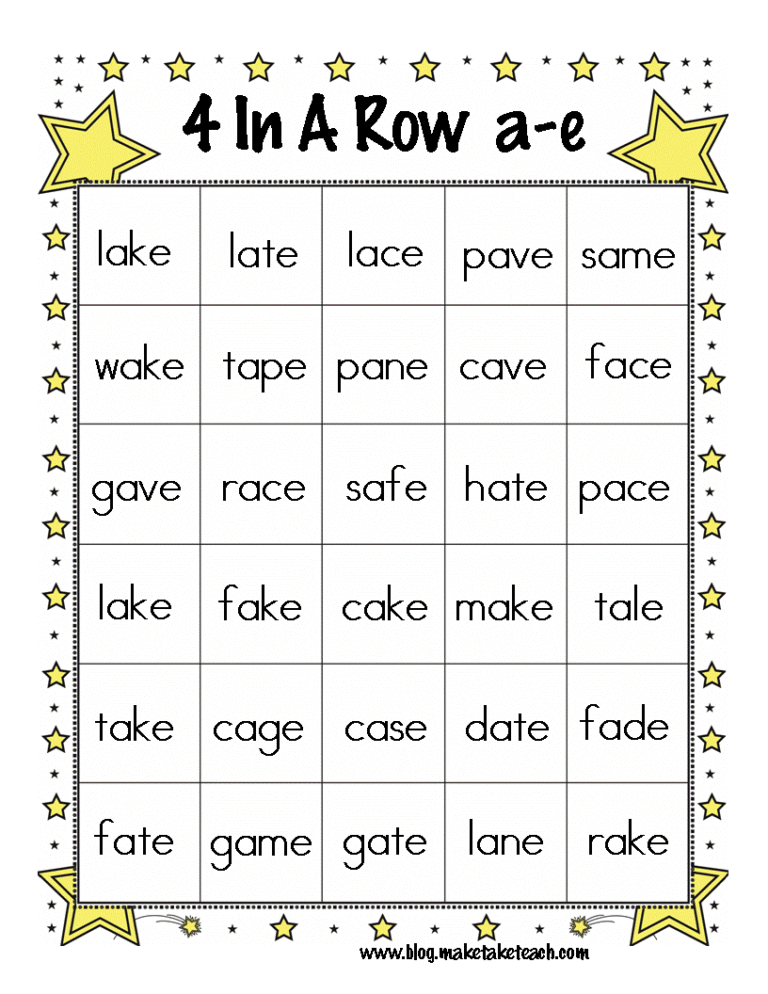 Sing it in chorus.
Sing it in chorus.
-When we pronounce the sound (U), the air comes out freely from the mouth. Neither lips, nor teeth, nor tongue interfere with him.
- What is the sound (U)? (vowel). The sound (y) in the letter is indicated by which letter (U).
- Guys, who guessed what letter we will write at the minute of calligraphy? Let's remember how it is written:
We put the pen just below the top line of the working line. Move your hand up, touch the line, make a rounding, bring your hand down to the middle of the working line, make a rounding, lead your hand to the top line and write a long sloping straight line with a rounding at the bottom.
SLIDE 8
5. Letter from memory.
- Guys, and then we have a letter from memory. You must memorize and write down the sentence that begins with the letter U: We have a lesson.
SLIDE 9
- Let's check the written sentence. (Children independently check what is written with the sample)
III.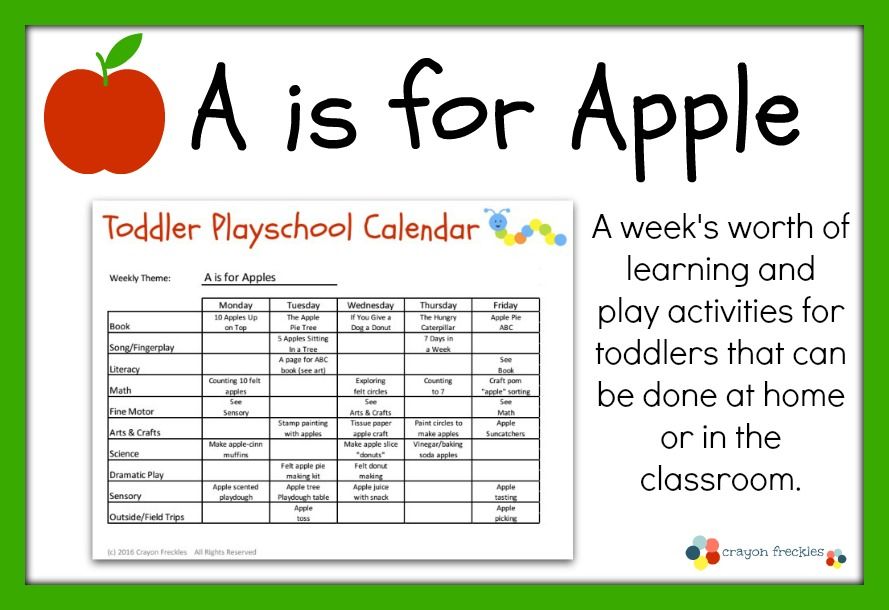 FIXING. WORK ON THE TOPIC.
FIXING. WORK ON THE TOPIC.
1. Work on the board and in a notebook.
- We continue to work in notebooks.
- Open your textbooks to page 62.
- Who do we see in the picture for exercise 6?
- These are insects. (List all insects)
Talk about caring for insects.
- Which of you had a rest in nature?
- What insects did you see there?
- Is it possible to kill them? (- Insects must not be killed)
- Why? (- They are beneficial, birds feed on them. Many of them are very beautiful. You need to admire them)
(Perform the task: write off syllables, completing them to a word, underline vowels, pronounce the rule.)
During the exercise, a physical minute is performed for the eyes
.
I call words-names, and you slap the number of his syllables and do inclinations. Left and right.
- A word consisting of one syllable is clapped and we stand straight.
Names: Maxim, Sasha, Seryozha, Elya, Andrey, Seryozha.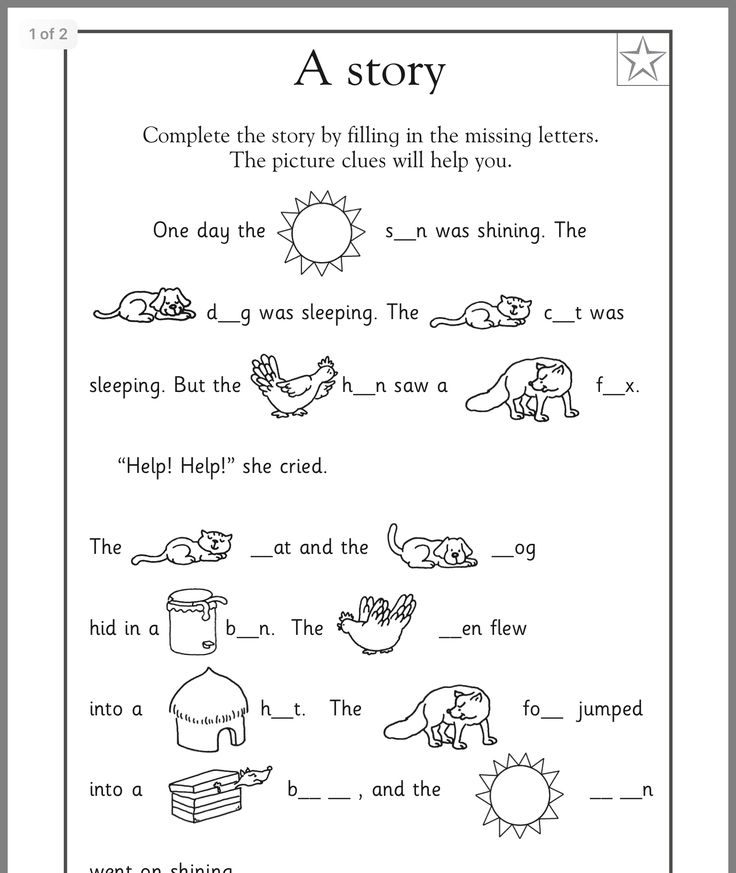
- At the physical minute, we consolidated knowledge on how to determine syllables in words.)
- Charged. We continue further.
- You need to connect the syllables from the first column with the syllables from the second column so that you get words.
- What words did you get?
- How many syllables are in each word? Why?
IV. Homework
62 ex. 7(Homework explanation.)
- Guess the names of animals by the first syllable. Write in syllables. Select vowels. Guess the names of animals by the first syllable.
V. LESSON SUMMARY.
- What did you learn at the lesson?
- What did you learn in the lesson?
Bug the Dog praises you for your good work. You are great! Thanks to all!
(Student assessment)
Syllable. Dividing words into syllables. Senior group. | Outline of a lesson in teaching literacy (senior group):
Summary of GCD on literacy.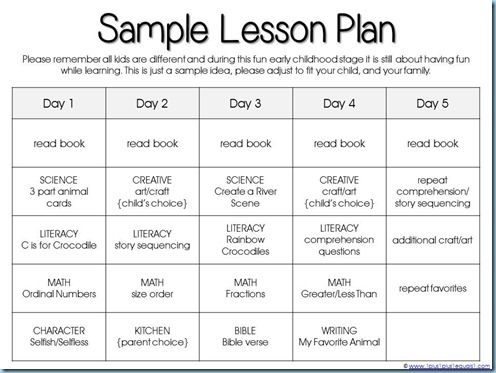 Syllable. Dividing words into syllables. Senior group
Syllable. Dividing words into syllables. Senior group
Topic: Syllable. Dividing words into syllables.
Purpose: To give the concept of the syllabic composition of the word.
Tasks:
To form the ability to perform syllabic analysis, determining the number and sequence of syllables in a word;
Formation of the ability to distinguish between a word and a syllable;
Express your thoughts with sufficient completeness and accuracy, take into account different opinions;
Activate and expand students' vocabulary;
Conduct self-assessment
Equipment:
Demonstration material: plot picture, syllabic schemes;
Handout: subject pictures, worksheets, pencil.
Org. moment
-Tell me, in what mood did you go to the garden today?
I really want you to have a good and cheerful mood throughout the day!
I think the sun will help us with this.
(illustration)
The sun woke up in the sky.
We guys smiled.
-Let's give our smiles to each other and our guests.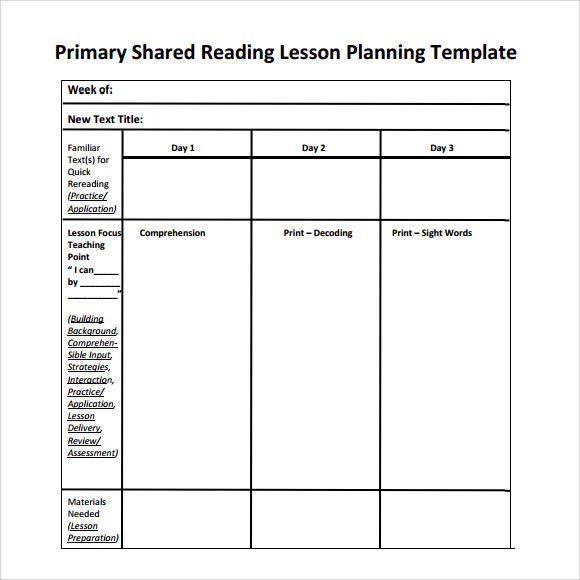
Course of the lesson
1. Getting to know the new material
- Today I want to tell you a story that happened in this forest (a picture is hung on the board).
- What kind of forest is this?
- And now a fox lived in the forest with her cubs, whose names were Tisha and Marisha.
- What kind of foxes?
- What do they like to do?
- Once a fox went for a walk with her cubs. The fox cubs played and did not notice how they ran away very far. The fox began to call them: "Ti-sha, Ma-ri-sha."
- Foxes do not hear. Let's call them together (Ti-sha, Ma-ri-sha).
- They don't hear again. Let's call them again (Ti-sha, Ma-ri-sha).
- Finally, the foxes heard and ran back. And they promised never to run away again.
-When we called the cubs, we said the word in parts. Listen again. Ti-sha, Ma-ri-sha.
-When we pronounce a word in parts, this means that we divide it into syllables.
-Listen as I now pronounce the word fox and clap my hands for each syllable.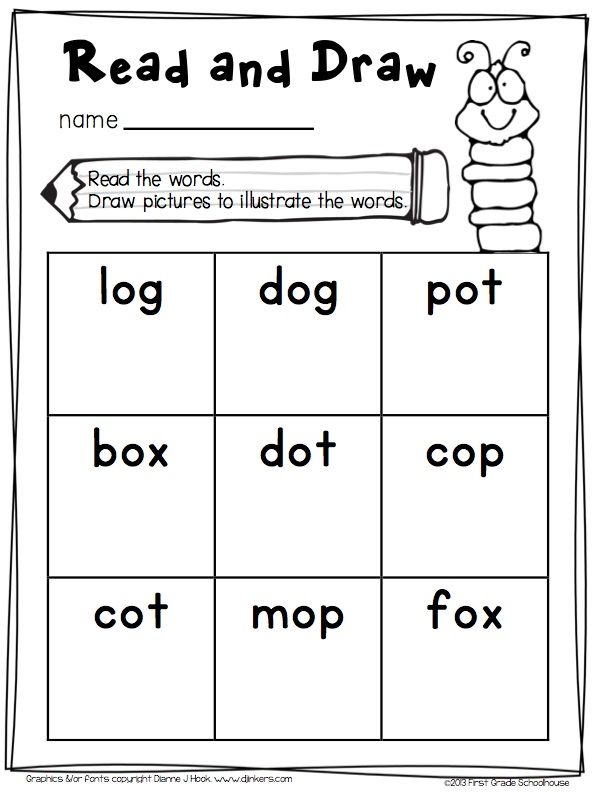
- Let's get together (Li-sa)
- How many syllables are there in this word? What is the first, second?
- What are the names of fox cubs? (foxes)
Let's split the next word (Li-sya-ta).
How many syllables?
What is 1, what is 2, 3.
Dynamic pause
-I suggest that we take a walk through this forest.
In the autumn forest for a walk
I invite you to go.
More interesting adventure
We guys can't find it.
Consolidation of new material
1. Game "Where will the word go?"
Each child must divide the word into syllables, determine the number of syllables and occupy the “house” that corresponds to the number of syllables in the word.
-While we were walking, I found a basket. Let's see what's in it?
-There are words in it and they got lost. Can we help them find their home?
-But for this word to be divided into syllables.
-Remember how we denote the word? (With one line) ________
-How to indicate that this is the "home" for words that have 2 syllables? (Divide the word into 2 parts)
(One child is invited to the board and divides the word scheme into two parts)
How many syllables will the words of this “house” consist of? (from 2 syllables)
Who guessed what words will live in this house?
( Words with 3 syllables)
Why do you think so? (Because the word scheme is divided into 3 parts)
- Take one picture each.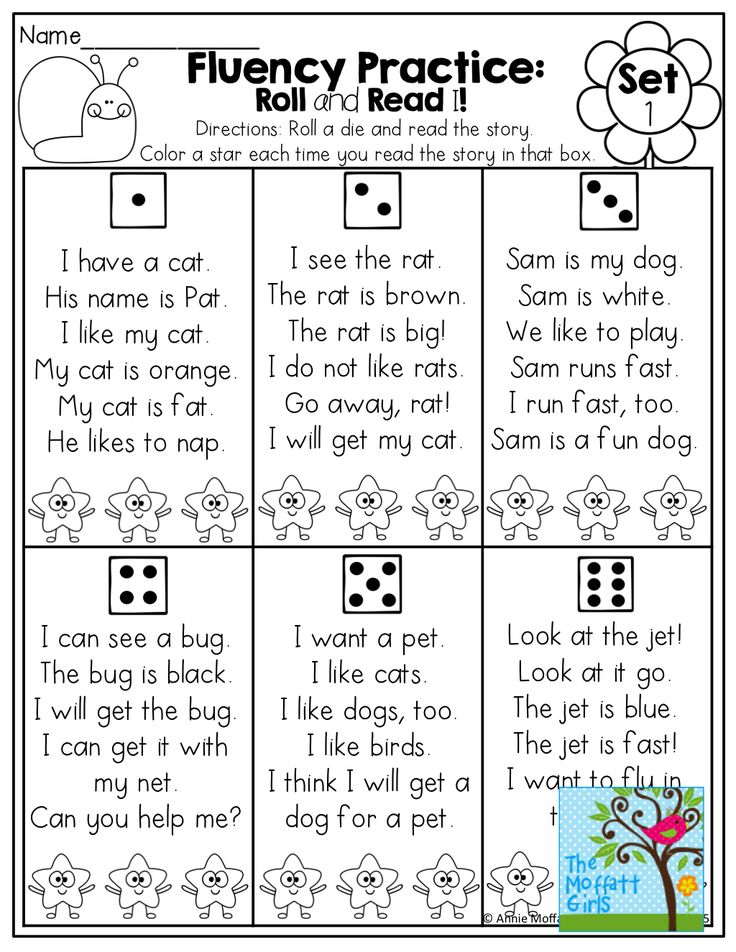 Children take and say their word.
Children take and say their word.
When all the pictures are distributed, the teacher asks the children to take the right house.
- Words in which 2 syllables (3 syllables) take your house.
Checking completed job.
2. The game "Word-syllable".
- I suggest you play. I will name a word or a syllable. If you hear a syllable, clap, and if you hear a word, jump.
Ma, winter, si, strength, mice, shi, zi, basket, yes, water, game, ra.
Children, please,
Sit quietly at the tables.
Children sit at tables.
3. Independent work of children.
So that we would not forget about our walk, the inhabitants of the forest sent us a picture. Let's call what is shown on it. (cloud, owl, crow, birch, fox, raspberry)
What do you think should be done in this task? (Combine the illustrations with the appropriate schemes.
Check.
Let's check how you did the task, and for this, exchange your works.
How many syllables are there in the word raspberry? With diagram No.